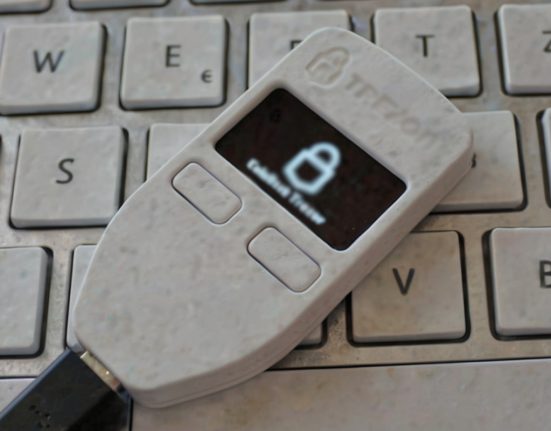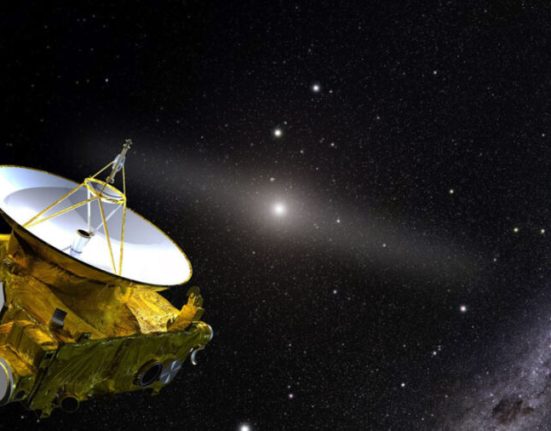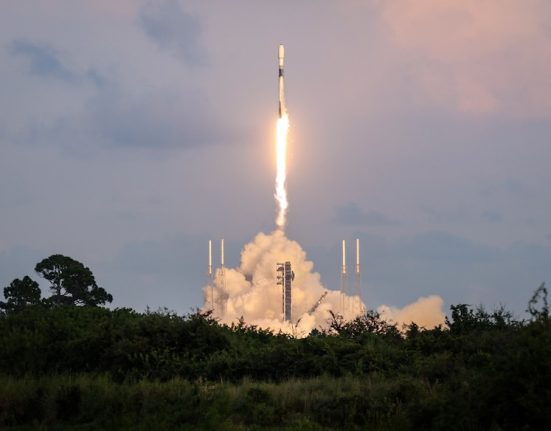ESA/JAXA's BepiColombo spacecraft has completed another flyby of its ultimate target, Mercury. This is one of a series of flybys of Mercury, in which the spacecraft completes a complex set of manoeuvres designed to bring it into the planet's innermost orbit. Its cameras captured some fantastic images of Mercury.
BepiColombo will finally enter orbit around Mercury in November 2026. However, visiting Mercury is challenging due to its proximity to the Sun and the Sun's overwhelming gravity. To orbit Mercury, the spacecraft is conducting six gravity-assisted flybys of the Solar System's innermost planet. This is the fourth flyby for the 4,100 kg spacecraft.
The images are a bonus. The spacecraft's monitoring cameras captured them, and those cameras are there to keep an eye on the spacecraft itself. But in this situation, they were able to get images of Mercury and some prominent craters. As BepiColombo approached and passed Mercury, different monitoring cameras were able to capture images.

The closest approach during the recent flyby occurred on September 4. BepiColombo, named after Italian scientist Giuseppe “Bepi” Colombo, came within about 165 km of Mercury’s surface. This was the first time the spacecraft had a view of the planet’s south pole.

Although Mercury is so close, it rarely receives visitors. BepiColombo is only the third spacecraft to visit the tiny planet, following NASA's Mariner 10 mission in 1974/75 and the Messenger mission from 2011 to 2015. Its proximity to the Sun is a complex challenge.
“BepiColombo is only the third space mission to visit Mercury, making it the least explored planet in the inner Solar System, partly because it is so difficult to reach,” said Jack Wright, ESA researcher, planetary scientist and coordinator of the M-CAM imaging team.
“It’s a world of extremes and contradictions, which is why I’ve called it the ‘problem child of the solar system’ in the past. The images and science data collected during the flybys offer a tantalizing prelude to BepiColombo’s orbital phase, where it will help solve Mercury’s remaining mysteries,” Wright said.
The next flyby will take place in a few months, on December 1, 2024. The last flyby will be on January 8, 2025.
BepiColombo is actually two orbiters in one. Once it enters Mercury's orbit, it will separate into ESA's Mercury Planetary Orbiter (MPO) and the JAXA-built Mercury Magnetospheric Orbiter (MMO) or Mio. The Mercury Transfer Module is the spacecraft carrying the orbiter pair.

There is much we don't know about Mercury, where it originated and how it evolved so close to its star. The probe will study Mercury physically, its shape, interior, structure, geology, composition and its abundant craters. It will also study the planet's exosphere.
Instead of an atmosphere, Mercury has an exosphere, a region made up of atoms blasted off the planet's surface by the Sun and other impacts. The exosphere is dynamic and changes based on how the solar wind interacts with the surface. Studying it is an opportunity to study planetary evolution and space weather. Understanding the exosphere is also critical for future missions, especially potential landers, because it can affect spacecraft operations.

BepiColombo will also study Mercury's magnetosphere and magnetic fields. Mercury's global magnetic field is extremely weak, only 1% as strong as Earth's. This is a mystery, as the planet appears to have a large iron core.
Mercury's magnetosphere is also an object of interest. The powerful solar wind shapes it and prevents it from rising very high above the surface. The magnetosphere is also highly dynamic and responds rapidly to changes in the solar wind, making it a natural laboratory for studying the physics of magnetospheres. Its weakness also challenges our understanding of how planetary dynamos function.
BepiColombo was originally scheduled to reach Mercury's orbit in December 2025. However, a problem firing its thrusters during a maneuver in April 2024 added 11 months to the mission. The revised orbital insertion will be in November 2026.
Once it reaches fast-moving Mercury, we'll begin to learn more than ever about this sometimes overlooked planet.













Leave feedback about this